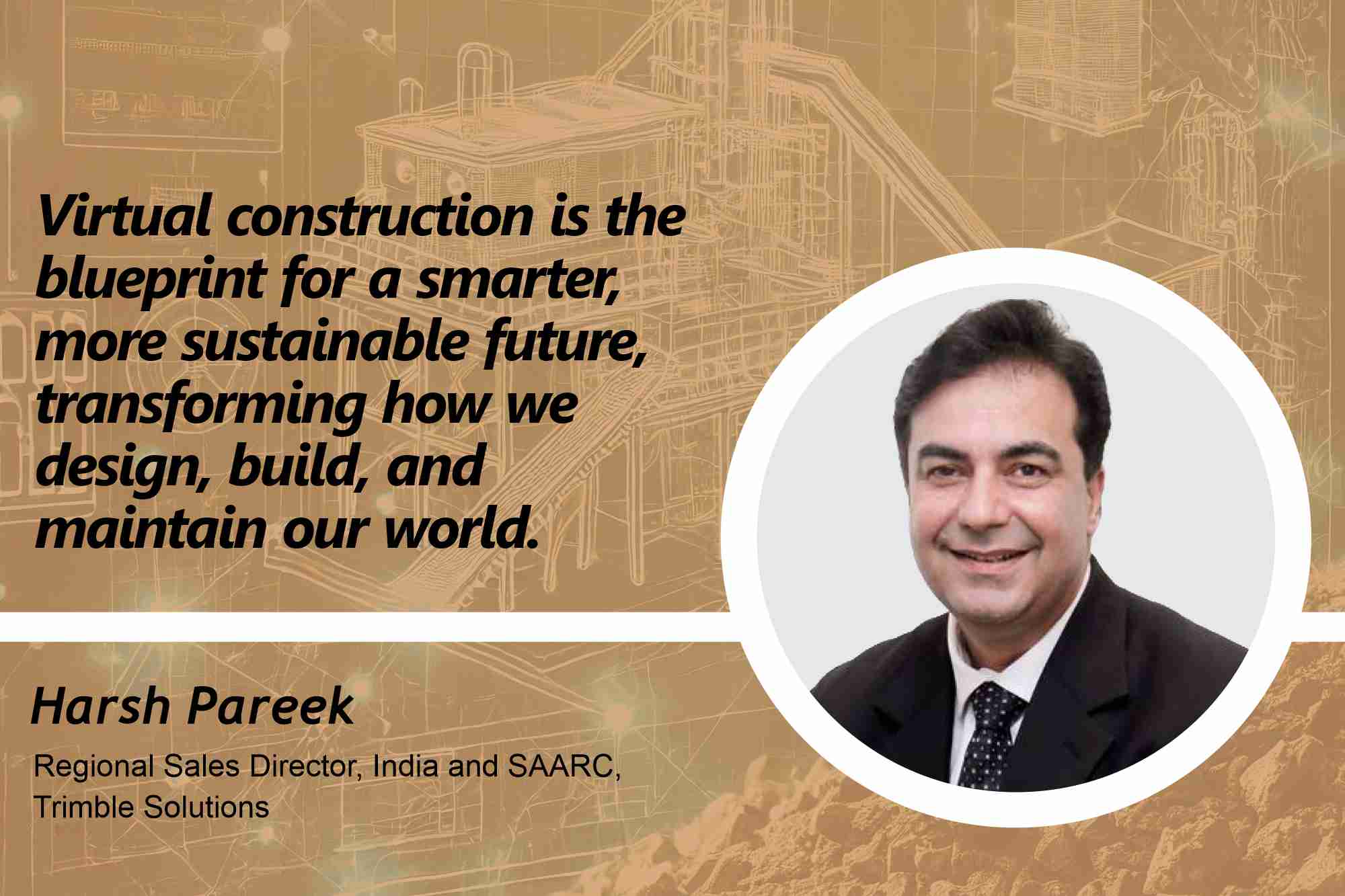Through careful planning and testing in virtual environments, virtual construction or BIM is revolutionising the building sector by boosting productivity, cutting costs, and encouraging sustainability.
Consider a future where construction projects are carefully planned and tested in a virtual environment before the first brick is laid. This is the reality of modern building processes, thanks to the emergence of virtual construction. Traditional methods, such as blueprints and physical models, are being replaced by digital transformation, which increases efficiency, sustainability, and innovation in the building industry.
A recent McKinsey & Company study found that digital transformation may boost productivity by 14–15 percent while saving 4-6 percent on costs. These findings demonstrate the huge benefits that virtual construction technologies provide to modern building processes, underscoring the importance of incorporating digital solutions into the sector.
Virtual construction, or Building Information Modelling (BIM), integrates digital technologies into building planning, design, construction, and management. This technology allows architects, engineers, and builders to collaborate in a 3D virtual world where each component is precisely designed and tested before construction begins. BIM generates detailed digital representations of a building’s physical and functional attributes, including geometry, geographic data, and architectural components. The transition from traditional 2D plans to 3D models enables stakeholders to visualise the entire project, foresee challenges, and design solutions in a virtual environment.
One of the primary advantages of virtual construction is increased precision and reduced errors. Disparities between architectural ideals and actual construction in traditional buildings can result in costly reworks and delays. However, with virtual building, problems can be identified and corrected during the design process. This proactive method reduces on-site rework, material waste, and personnel expenses, demonstrating the economic benefits of virtual building.
BIM is used in more than just new buildings. It also affects the upkeep and administration of existing structures. Digital twins, or virtual duplicates of genuine assets, allow for continuous monitoring and analysis of building performance. Contractors and management can use these digital models to optimise operations, organise maintenance tasks, and extend infrastructure life.
Real-world examples show how virtual construction influences modern building approaches. A 3D BIM model played an important role in the design and construction of the Statue of Unity. Using virtual construction technology and Tekla’s structural BIM software enabled this challenging project to be completed two months ahead of schedule, resulting in a nearly 25 percent boost in overall efficiency.
BIM makes construction processes more sustainable by allowing for precise material estimation and waste minimisation. It also makes it simpler to include environmentally friendly technologies like energy-saving systems and renewable energy sources in building designs. Digital twin technology enables real-time monitoring and management of a building’s energy use, allowing for adjustments that improve efficiency while reducing its carbon footprint.
Effective communication and collaboration are critical for the success of any construction project. Virtual construction fosters seamless connections by providing a unified platform for architects, engineers, contractors, and clients to collaborate. This collaborative atmosphere ensures that everyone uses the same information, reducing confusion and streamlining decision-making processes. Cloud-based BIM solutions improve coordination by allowing project teams to access and change the BIM model in real-time, independent of their physical location.
Modern technologies like augmented reality (AR) and virtual reality (VR) improve virtual construction. These technologies create immersive experiences that allow stakeholders to visualise and interact with digital models in novel ways. For example, AR can be used on construction sites to overlay digital models over physical areas, assisting with exact component placement and assembly.
Virtual construction is more than a technological achievement; it is a game changer in the construction business. Virtual construction ushers in a new era of building processes by boosting precision, encouraging sustainability, enhancing collaboration, and embracing breakthrough technologies like AR and VR. As proven by recent breakthroughs and the implementation of Trimble’s most recent inventions, the future of construction is digital, and the virtual tools we use today will influence the construction landscape of tomorrow.
For more information, visit: https://www.trimble.com/en
Cookie Consent
We use cookies to personalize your experience. By continuing to visit this website you agree to our Terms & Conditions, Privacy Policy and Cookie Policy.

















